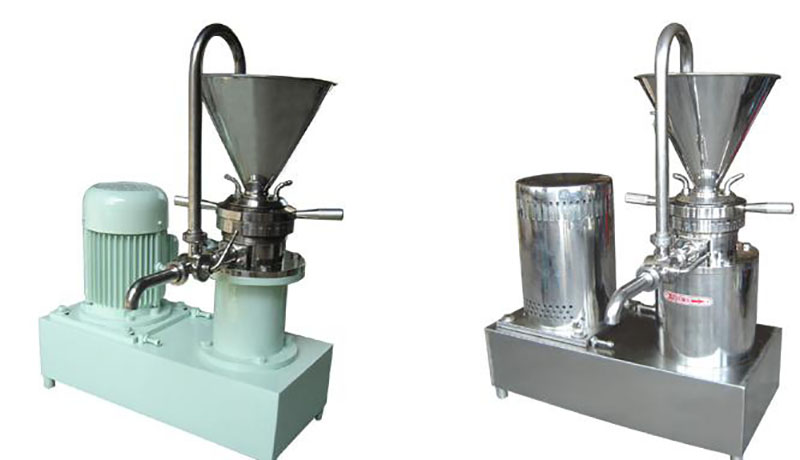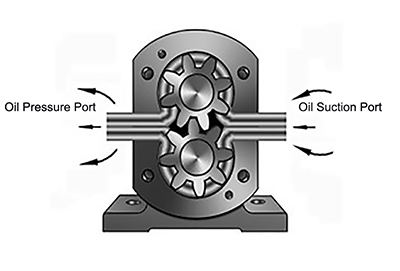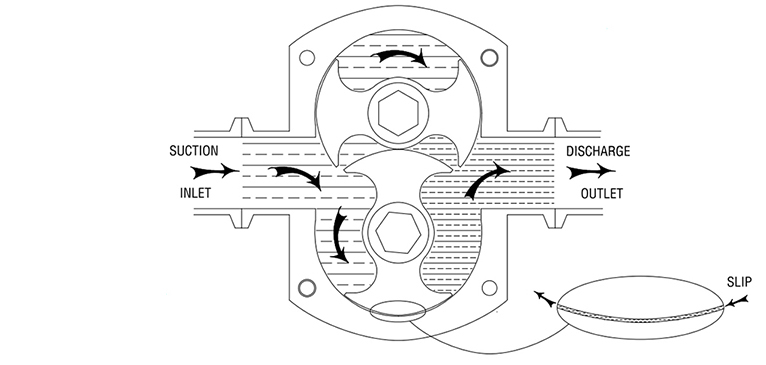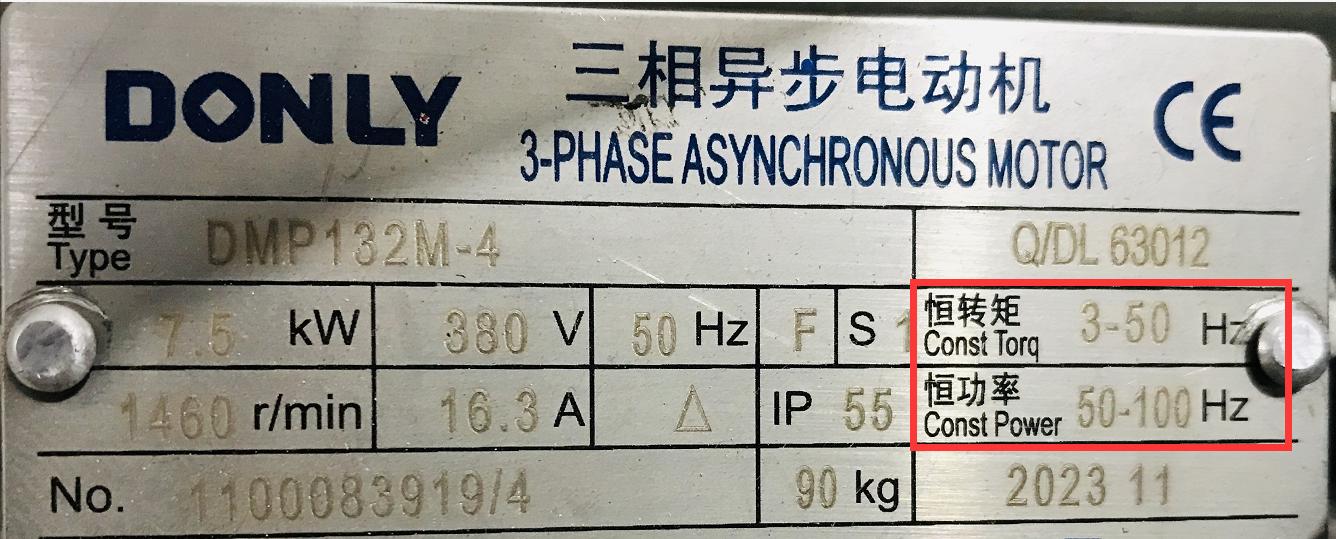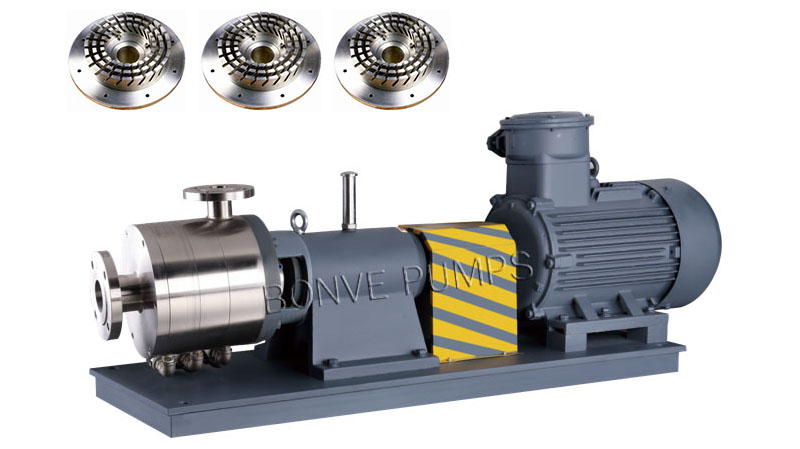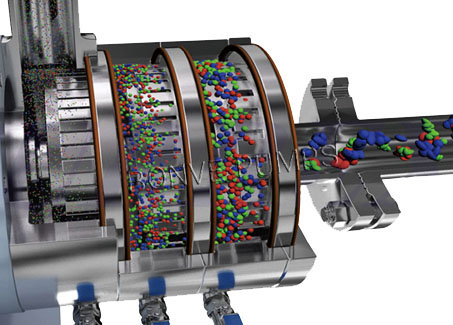In industries like chemicals, food, and cosmetics, moving liquids smoothly and safely is crucial—especially when those liquids are thick, abrasive, or even hazardous. At Bonve, we specialize in designing rotary lobe pumps that tackle these challenges head-on, ensuring your operations run efficiently without compromise. Let’s explore how our pumps solve real-world problems, even if you’re new to the world of industrial pumping!
Why Bonve Rotary Lobe Pumps Stand Out
Imagine a pump that works like a gentle hand, moving sticky honey, delicate creams, or even brittle chemicals without damaging them. That's exactly what
Bonve pumps do. Here's what makes them unique:
No Leaks, No Worries: Our pumps use advanced seals (like double-layered, water-cooled designs) to keep toxic or sensitive fluids securely contained. Think of it as a “safety vault” for your liquids.
Handles Thick or Thin Fluids with Ease: Whether it’s toothpaste-like sludge or watery solutions, our pumps adjust effortlessly. They even manage liquids that thicken over time, like drying paint or hardening glue.
Built to Last: Made from tough stainless steel, these pumps resist rust and corrosion, even when pumping harsh chemicals.
Easy to Maintain
Fewer parts mean less downtime. Open the pump, clean it quickly, and get back to work.
Real Success Story: Solving a Hydrogen Energy Challenge
A Canadian company developing hydrogen energy faced a major roadblock: pumping oxidized mercury, a toxic and sticky fluid that thickened as it moved through filters.
Their old pumps couldn’t keep up—flow rates dropped, parts wore out fast, and leaks posed safety risks.
Bonve’s Solution
We provided a stainless steel rotary lobe pump tailored to their needs:
Adapted to Changing Thickness: The pump smoothly handled mercury’s viscosity, from as thin as olive oil (500 cp) to thicker than molasses (4,000 cp).
No Clogs, No Jams: Custom rotors (shaped like wings or lobes) pushed through solids without getting stuck.
Zero Leaks, Full Safety: Double-sealed design ensured no toxic mercury escaped, protecting workers and the environment.
Certified Reliability: CE and ISO9001 certifications gave them peace of mind.
Result: The company’s production line ran smoothly, meeting deadlines and safety standards.
Where Bonve Pumps Shine
Our pumps aren’t just for chemicals—they’re versatile problem-solvers:
Food & Beverage: Gentle enough for chocolate, yogurt, or honey. No damage to flavors or textures!
Cosmetics: Perfect for creamy lotions, shampoos, or toothpaste. Keeps products smooth and bubble-free.
Cleaning Products: Handles thick detergents, soaps, and even abrasive slurries without wearing out.
Why Customers Trust Bonve
21+ Years of Expertise: Over 50,000 pumps in action worldwide.
Custom Solutions: Need a pump that handles gritty slurries or ultra-thick fluids? We’ll tweak the design to fit.
Fast Support: Standard pumps ship in 7 days. Got a unique challenge? Our engineers are ready to help.
Join Thousands of Satisfied Users
From detergent giants in Greece to cosmetic leaders in Australia, Bonve pumps power industries globally. Whether you’re making hydrogen fuel, crafting skincare products, or bottling sauces, we’ve got a pump that works as hard as you do.
Discover the Bonve difference today—where innovation meets simplicity.
Bonve: Engineered for Efficiency, Designed for Safety.
